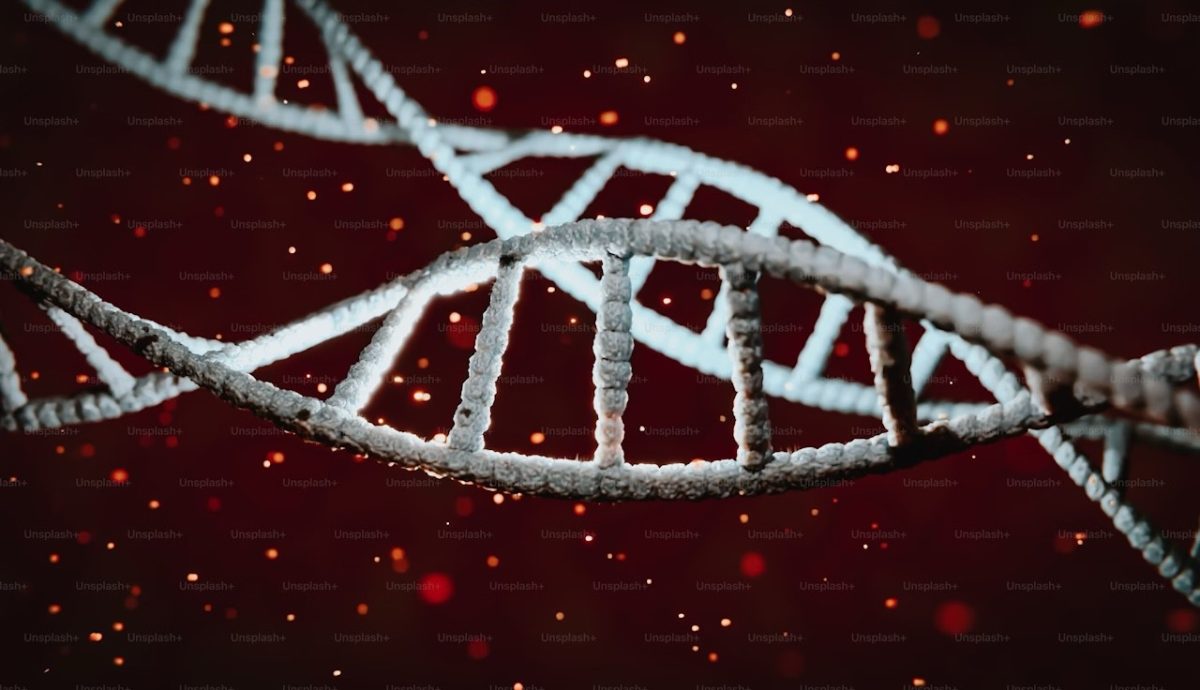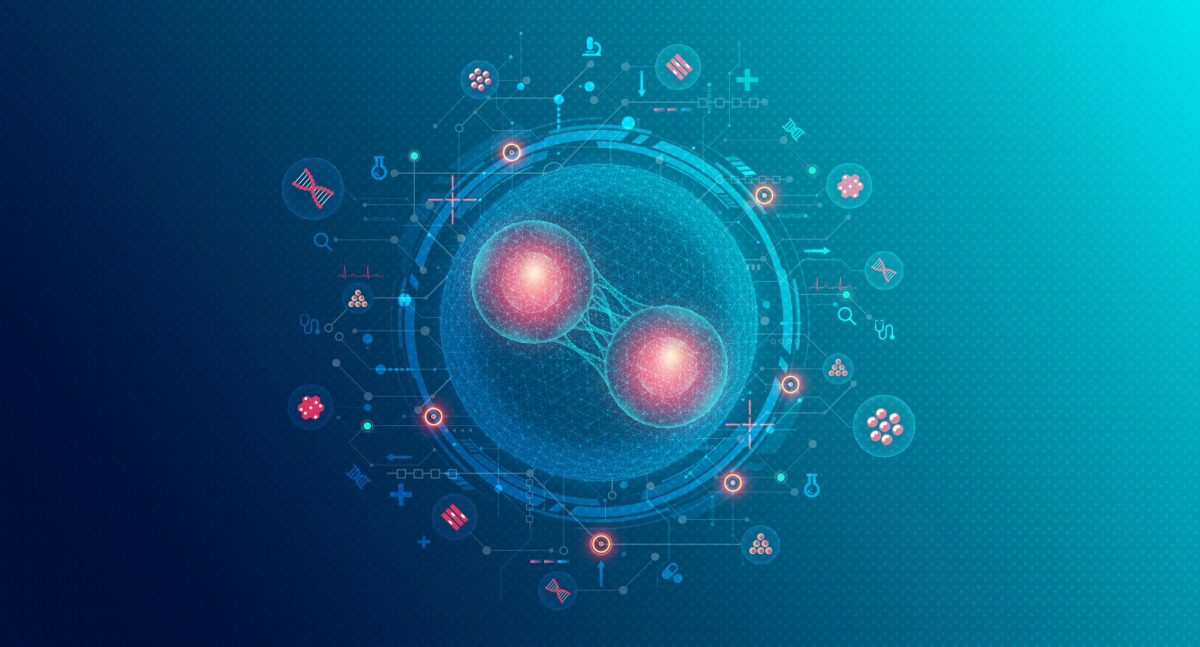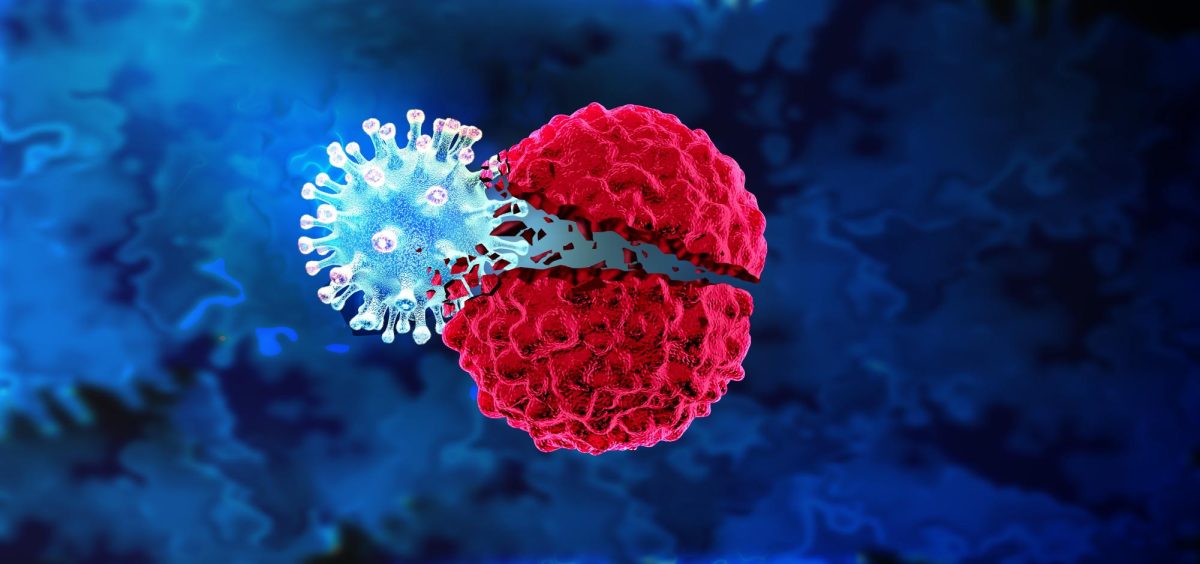Gene therapy involves modifying a person’s genes in order to treat or prevent disease. However, it is distinctly different from traditional drug therapies; gene therapy techniques allow doctors to treat a disorder by altering a person’s genetic makeup instead of using drugs or surgery. But what are genes? Genes are segments of DNA that serve as instructions for making proteins. We can think of genes as “recipes” in the cookbook of life, in that each gene contains specific instructions for making particular proteins. Humans have approximately 20,000 – 25,000 genes, and every person inherits two pairs of genes, one from each parent. Genes control essential functions, such as growth & development and the production of antibodies for immune system defense. However, several things can go wrong when genes malfunction or are altered in some way or form. If one DNA letter is replaced with another, sickle cell disease can erupt in which a single DNA change alters the hemoglobin structure. If a DNA sequence is lost, some forms of cystic fibrosis will occur. For inherited disorders, treatment success often depends upon early intervention. For acquired genetic conditions, the treatments often have to be more flexible and adaptable, meaning that multiple approaches are likely required as the condition evolves. For the “common” diseases, the approach is more complex due to the multiple genetic factors.
Gene Addition
Gene Therapy works in a couple of ways to cure diseases. The first strategy is gene addition or adding healthy genes. First, a healthy copy of the gene is packaged into a delivery vehicle, which is usually a virus. The virus is then modified to be safe and is unable to cause disease. The package is delivered to the target cells. The healthy gene enters the cell nucleus, and the cell begins producing the correct protein. A real example is treating spinal muscular atrophy (SMA) with Zolgensma. Some children lack the working SMN1 gene needed for motor neuron function. So the solution is to deliver working copies of the SMN1 gene. The method consists of packaging the gene in a AAV9 virus that can reach motor neurons. The IV infusion delivers the virus throughout the body. The neurons begin producing working SMN protein. Ultimately, children gain the ability to move and breathe normally.
Gene Editing
Another Gene Therapy strategy is gene editing or fixing faulty genes. Special molecular tools (like CRISPR, the thing which supposedly alters your DNA), act as “genetic scissors.” They locate and cut out the faulty gene, and then a correct DNA sequence is provided. Subsequently, the cell repairs the DNA using the correct sequence, and the gene now works normally. In Sickle Cell Disease Treatment, the problem lies with the mutation in the beta-globin gene that results in misshapen red blood cells. The strategy is to edit the bone marrow cells to produce normal hemoglobin. This is done by removing some of the patient’s bone marrow cells, editing the genes in a lab, and returning the corrected cells to the patient.
Gene Inhibition
Gene inhibition identifies genes causing harm, designs molecules to block gene activity, and in the end the harmful gene(s) are shut down. A real example of this is cancer treatment isCAR-T. The problem lies in the fact that cancer cells evade the immune system. The solution lies in modifying immune cells to target cancer.
Gene therapy offers a transformative potential. The next article will explore the current state of the field, and its importance in modern medicine.







